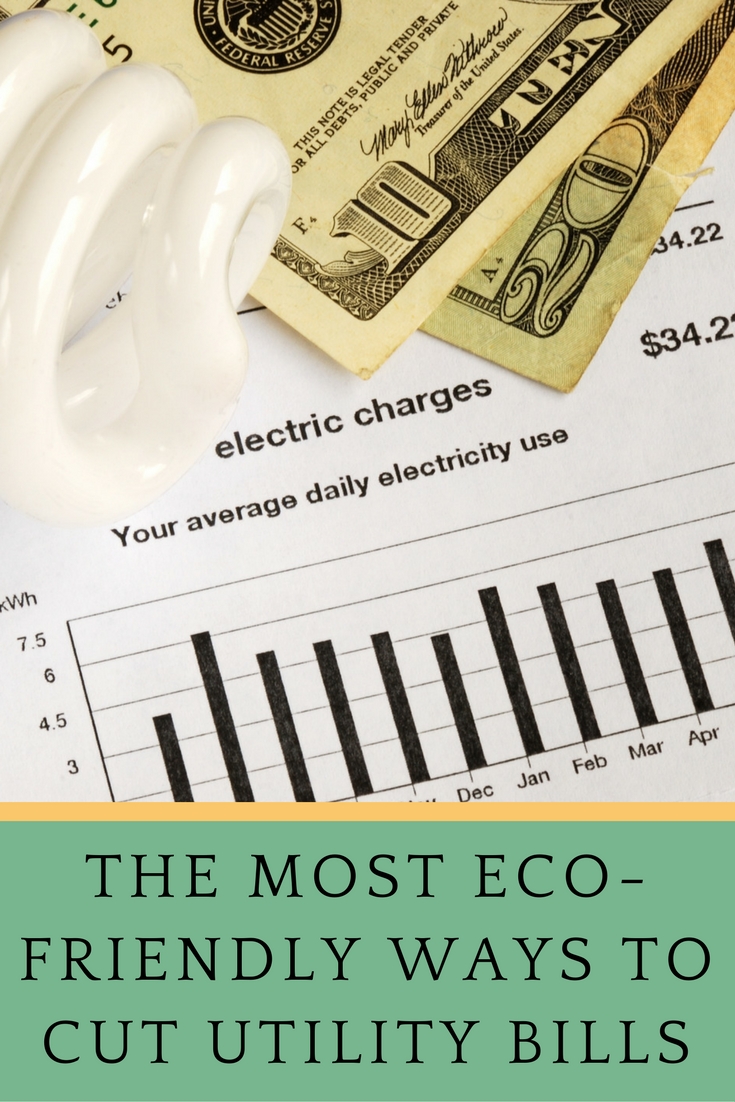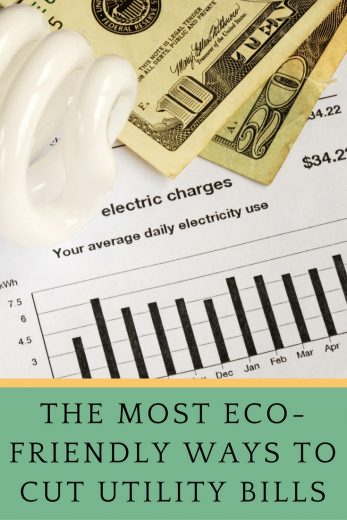 Being eco-friendly is more about changing the way your family uses energy than buying new things to reduce usage. Remember, every item we buy requires energy to manufacture, package and ship. Even though a product helps you save water or electricity, energy is expended to create it.
Being eco-friendly is more about changing the way your family uses energy than buying new things to reduce usage. Remember, every item we buy requires energy to manufacture, package and ship. Even though a product helps you save water or electricity, energy is expended to create it.
If you want to make your home a greener place to live, there are easy ways to reduce energy use without making a single purchase.
Choose Utility Providers Wisely
Who supplies your energy and where the energy comes from can have a profound impact on your eco-footprint – and your monthly bill. In deregulated energy areas, people can choose from numerous providers and dozens of plans. Some of those plans are now powered by renewable energy.
Simply taking the time to compare providers, rates, and plans can lower your monthly expenses and reduce carbon emissions. Companies like the one found at this link are helping consumers compare electric rates and find providers that offer green energy plans.
Here are a few more tips related to utility providers:
- Look for providers that offer rebates for green updates so when you do make a purchase you can offset the price.
- Use account features that show your daily and weekly electricity usage. Some providers will even show you what’s using the most energy in your home.
- Sign up with a provider that’s invested in renewable energy. Research their involvement in green energy, investments they are making and what they’re doing to support more efficient infrastructure.
- Ask if the provider offers time-of-use plans. These plans charge slightly different rates depending on the season and time of day. If you use energy mostly at night when demand is lower you could end up saving money.
Heating and Cooling
Heating and cooling is the biggest chunk of the electric bill for most Americans. It’s easy to push a few buttons on the thermostat to make your house warmer or cooler, but it’s not very energy efficient. There are plenty of ways you can cool off without air conditioning and warm up without a heater.
These good habits can also help you become less dependent on the HVAC.
- Use the programmable thermostat if you have one. It can save you up to 10% on electric bills.
- Put the thermostat at the most efficient settings. In the summer keep the temperature around 78 degrees and bump it up a little when no one is home. During the winter keep the temperature setting at 68 degrees or as low as 60 degrees when you’re away.
- Change or clean the air filters every two months.
- Clean the vents and make sure nothing is blocking the airflow.
- Close the vents in rooms that are rarely used.
- Use fans instead of decreasing the temperature. It can create a wind chill effect that makes the room feel up to four degrees cooler.
- Make sure the fan is turning counter clockwise in the summer so the air pushes straight down.
- Have the HVAC system serviced annually and make sure you’re changing the HVAC filters on a regular basis. It will cost a little money up front but professional servicing can help the system run more efficiently and increase its lifespan.
In the Kitchen
More energy is consumed in the kitchen than just about anywhere else in the house. Between the power-hungry appliances and cooking kilowatt-hours add up fast. Make these small adjustments and you’ll see a big change in your bill.
- Check the refrigerator and freezer temperature settings. The refrigerator can be set at 40 degrees Fahrenheit without any concern of bacteria growth. Freezers should be set to 0 degrees Fahrenheit.
- Keep the refrigerator and freezer as full as possible so it takes less energy to cool.
- Clear frost out of refrigerators and freezers so they run more efficiently.
- Clean the vents at the bottom of the fridge for maximum efficiency.
- Wait until the dishwasher is fully loaded before washing dishes.
- Skip the heat dry setting on the dishwasher.
- Don’t preheat the oven unless a recipe specifically says to do so.
- Use the microwave, toaster oven or a crockpot instead of the oven whenever possible.
In the Laundry Room
Another place where a disproportionate amount of energy and water is used is the laundry room. Dryers, in particular, require a significant amount of energy each time they’re run. With the tips below you can keep using your washer and dryer while reducing energy usage.
- Only wash and dry full loads of laundry.
- Line dry as many items as possible.
- Wash clothes in cool or cold water to reduce energy usage by as much as 90%.
- Only use the sanitary washing cycle if necessary.
- Use the high spin or extended spin setting on the washer.
- Use high efficiency detergent when possible.
- Dry loads of laundry back-to-back so there’s no cool down period.
- Use the moisture sensor to cut down on drying time.
- Put a towel in with lighter fabrics to reduce the time needed to dry clothes.
- Clean the lint filter before using the dryer.



